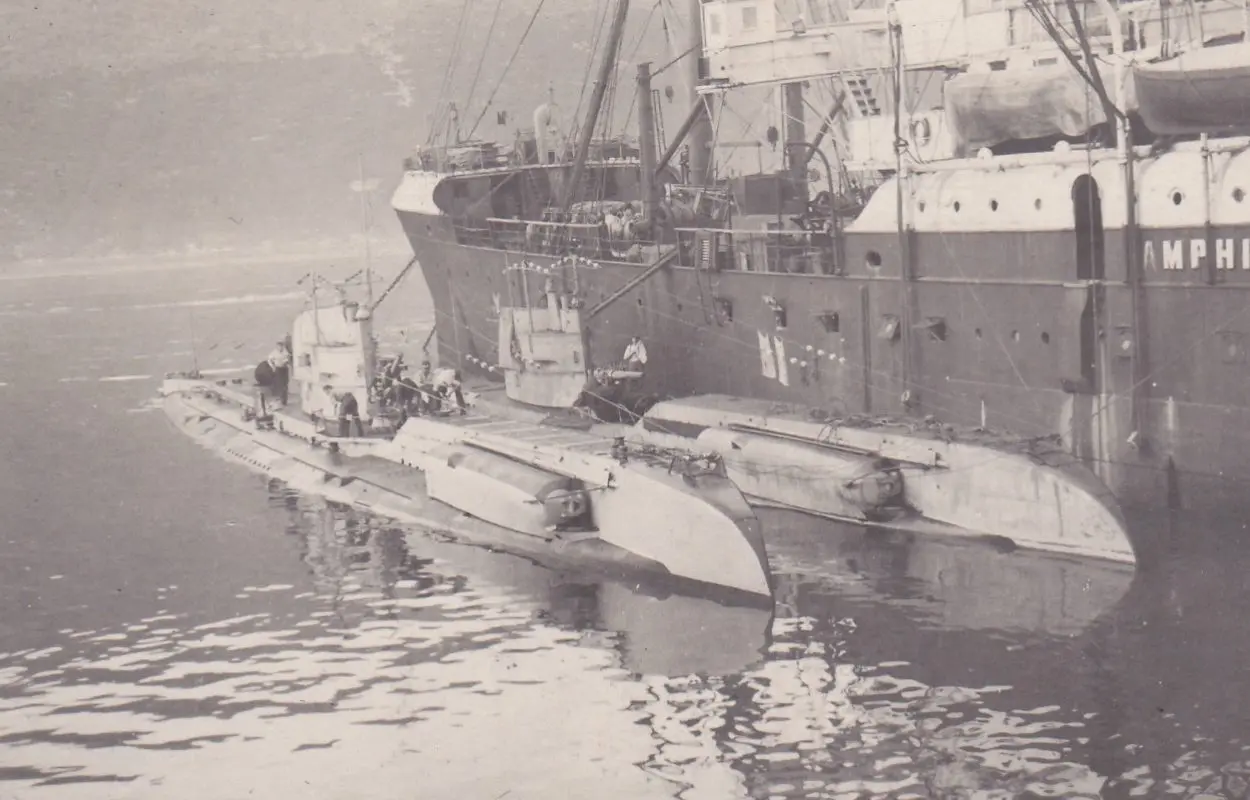Divers exploring a wreck off the Shetland coast have identified it as the SM UC-55 German U-boat.
SM UC-55 was a Type UC II mine laying U-boat, one of 64 Type UC II submarines used by the German Imperial Navy during WW1.
SM UC-55 is credited with the sinking of 9 ships during her operational history, and had a compliment of twenty-six crew members commanded by Oblt.z.S. Horst Rühle von Lilienstern at the time of her sinking.
On September the 25th, 1917, SM UC-55 departed from Heligoland with the mission of laying mines in the Lerwick Channel, which serves as the southern approach to the port of Lerwick located in the Shetland Islands.
While laying mines the vessel suffered a loss of trim that caused her to dive beyond the operational depth, resulting in the forward compartments to flood, the batteries failing, and a build-up of chlorine gas.
Unable to save the vessel, her captain gave orders to surface and prepare scuttling, but was sighted by the armed trawler Moravia, and the destroyers HMS Tirade, and HMS Sylvia. HMS Sylvia fired shells and depth charges that destroyed the submarine.
The wreck site was rediscovered in 1985 at a depth of 105 metres, but the first visual inspection by a team of divers has confirmed the vessels identity to be that of the SM UC-55.
Speaking to the BBC, Jacob Mackenzie from the dive team said: “It certainly didn’t sink by accident. This was wartime and if you haven’t been to those depths before you won’t appreciate that it’s pitch black, it’s very quiet, it is quite eerie when you swim around doing this. In the back of your mind you have to remember that this is essentially a grave for probably 20 men who didn’t make it out alive unfortunately.”
Header Image: Two German Type UC II submarines – Image Credit : Navyphotos – Public Domain





